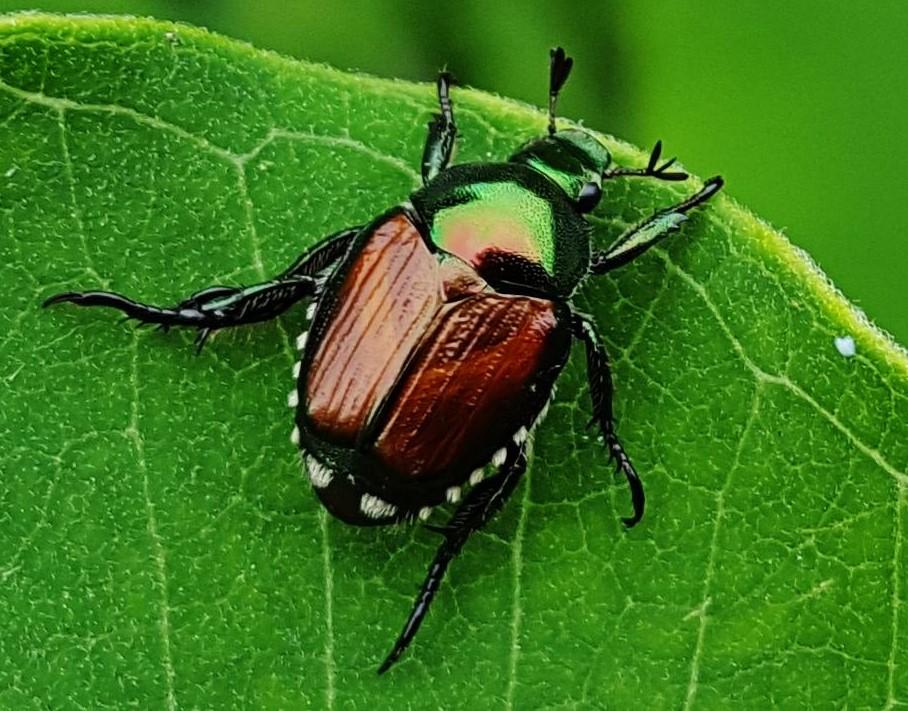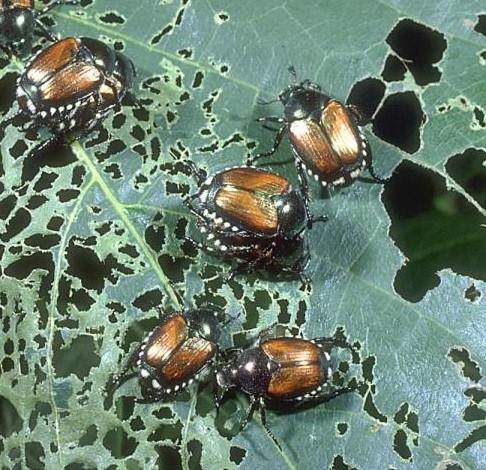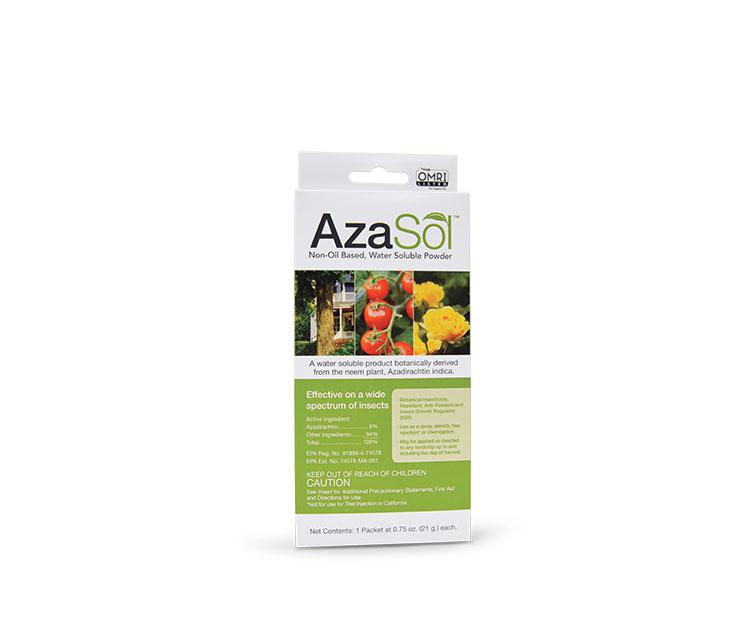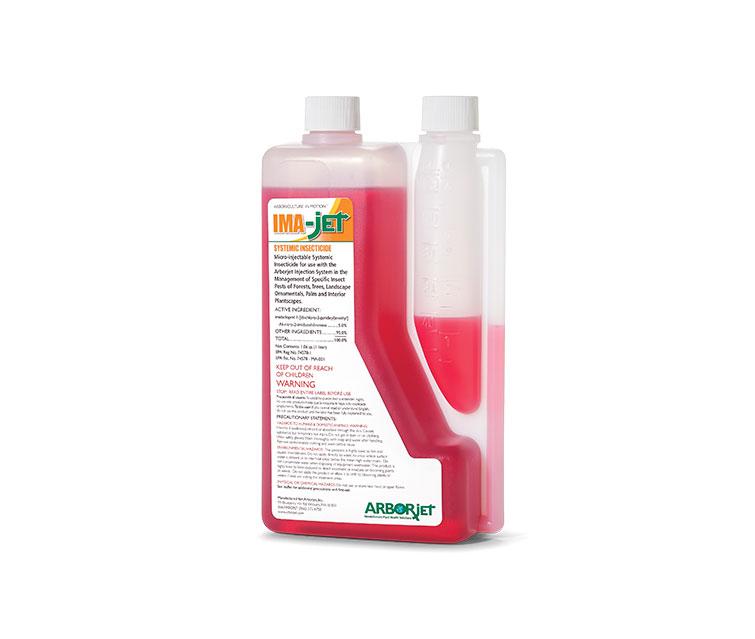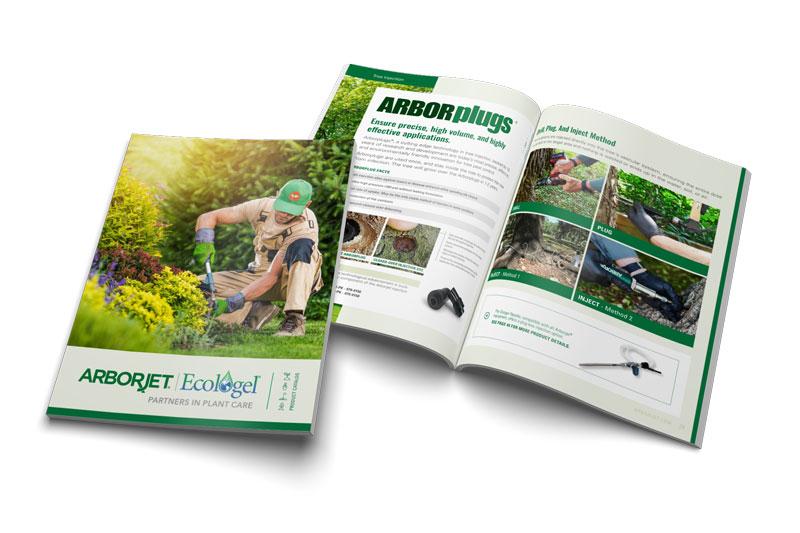Japanese Beetle
The Japanese Beetle (JB, Popillia japonica) is a small, iridescent copper and green colored beetle that has proven to be a very destructive turf, grass, and plant pest. JB was introduced in New Jersey before 1916. It’s suspected that the beetle larvae entered our country in a shipment of iris bulbs several years earlier, and before inspection of commodities began.
JB quickly spread, and now, nearly every eastern and mid-western state fights the pest off yearly.
Common Symptoms
Adult JB feed on foliage, flowers, and fruits of more than 300 ornamental and agricultural plants. Leaves are typically skeletonized or left with only a tough network of veins. The larvae, commonly known as white grubs, primarily feed on roots of grasses often destroying turf in lawns, parks, and golf courses. Appearance of adult, subsequent development of larvae will vary with latitude, altitude, and from year to year. Adults tend to emerge in mid-May in the warmer climates of southern states. More northern states have later adult emergence, from late June to early July.
Treatments
Arborjet recommends a few different action plans depending on the location of the infestation, weather factors, severity, and plant material.
AzaSol® has antifeedant properties against Japanese beetle, and they tend to avoid the foliage because of the residue. Use as either a spray or via tree injection. Because this pest can be difficult to control, AzaSol spray treatments must be reapplied several times throughout the adult feeding season, but once every thirty days by trunk injection. We recommend applying AzaSol by injection initially and then following up within 14 to 28 days with IMA-jet® post-bloom on flowering plants to fight persistently feeding pests.
Many flowering species would benefit from ACE-jet™ depending on timing of the treatment. Those interested in this method should apply treatment after flowering and should expect around 30 days of activity. This method generally works best when Japanese beetles are already active on trees (after July 4th) and may be coupled with a longer lasting IMA-jet injection. When used alone, IMA-jet will provide season-long protection on non-flowering species like birch trees, but must be applied post-flowering on other species.
IMA-jet, AzaSol, and ACE-jet are all active against Japanese Beetle. The residual activity of IMA-jet often makes it the most attractive and efficient option for treatment, depending on the plant infested.
References And Photo Credits
Main photo of adult beetle: Matthew Beziat / FLICKR,
Japanese Beetle Adults and feeding damage: Ohio State University
Japanese Beetle Larvae: David Shetlar, Ohio State University

